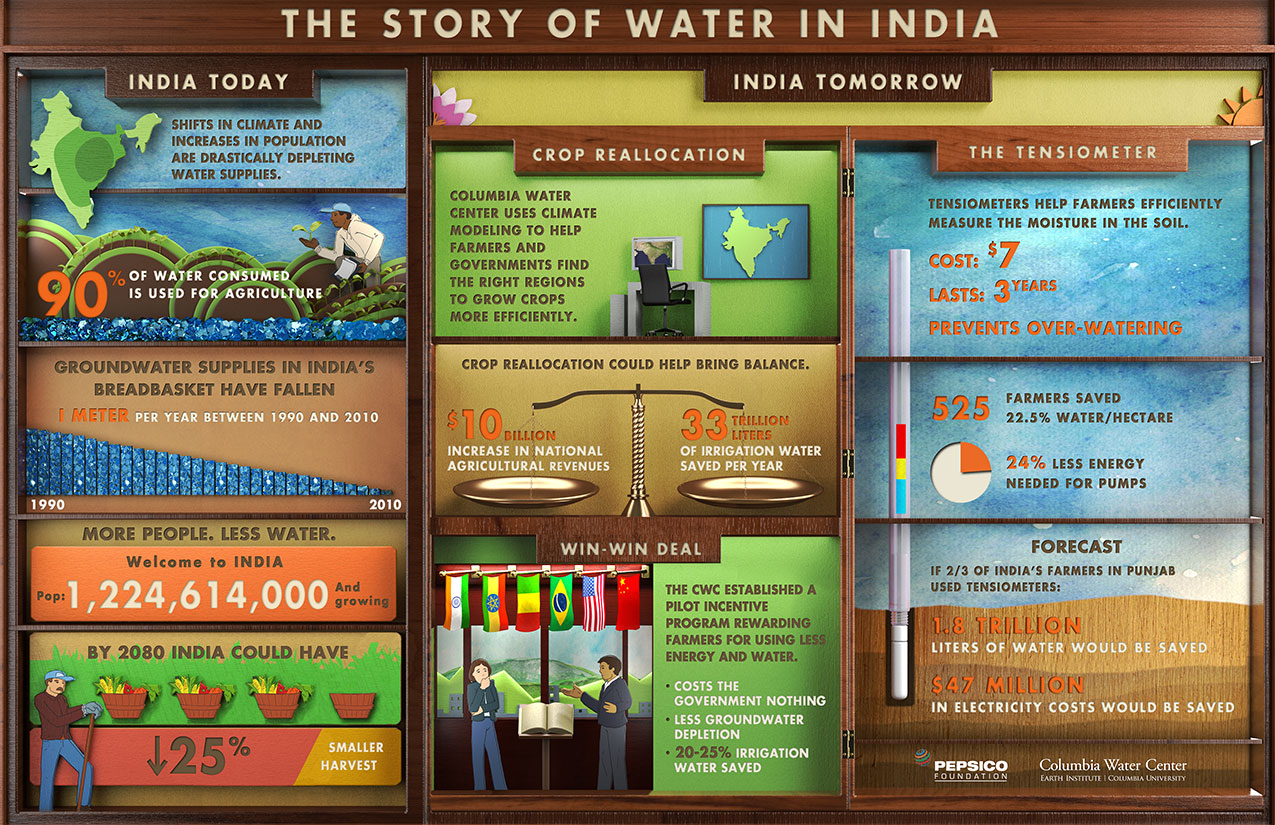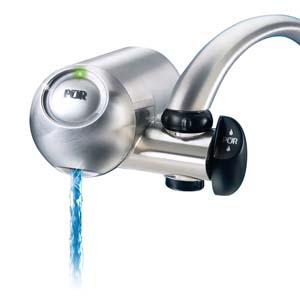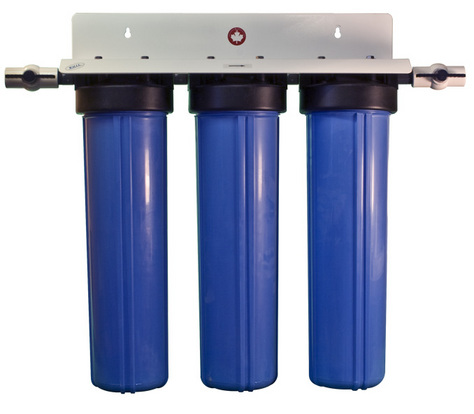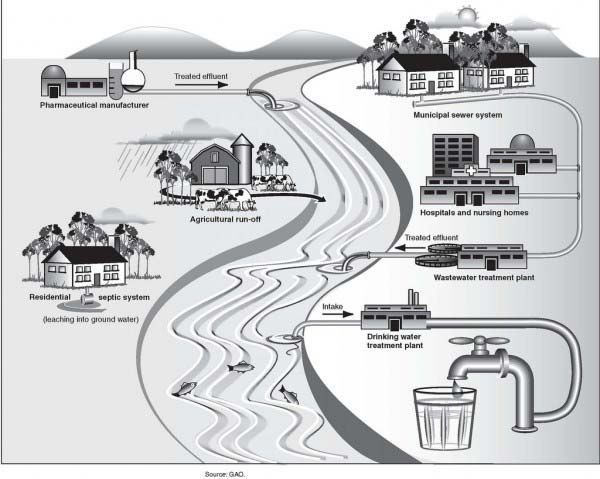In honor of World Water Day, the Columbia Water Center is releasing a video and two infographics about its work.
In “Deeper than Water”, director Gabe Askew evokes the preciousness of water through a the stunning images of jewels in an unfolding box, suggesting that if we are to truly care for our most valuable resource, we must go beyond digging to find the right crops and planting methods, design more intelligent infrastructure, prioritize ecology and invest in climate science.
India
No place in the world more clearly embodies the most challenging and diverse aspects of the global water crisis than India, the world second most populous nation. The story of water in India is on the one hand a distressing parable about good intentions and unintended consequences of a nation that averted famine by mining its groundwater–and on the other a story of hope, in which cooperation and bold thinking offers real hope for balance resource use and improving livelihoods.

“The Story of Water in India” outlines the food/water/energy crisis in India, and presents different solutions the Columbia Water Center is pursuing in the country. For more information about the Columbia Water Center’s work in India, check out our India project pages. Read more






